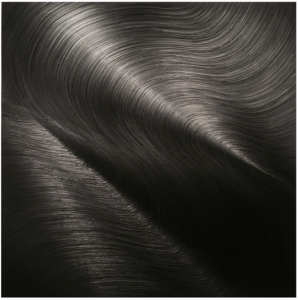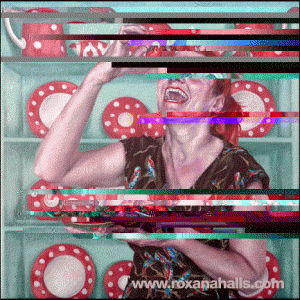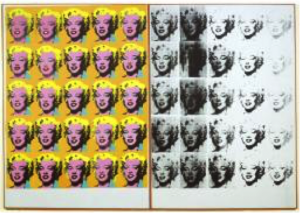Through these modules I found all of the lectures and tasks basically are very interesting and useful and although one of them I did not enjoy, they were beneficial in the end.
Through task 1/2 Online Resources ,I know many different ways to search online resources, a variety of different sites, as well as contact a lot of different areas of the website, also expanded my aspect of knowledge.
Through task 3/4 Academic integrity, I understand academic integrity deeply and further how important are these rules, because these laws can protect academic copyright for people.
Through task5/6 Visual research, I have deepened the understanding of the visual and aesthetic feeling, has boosted its taste.
Through task7/8 Reflective writing, I read the fashion media chapter, know the origin of the magazine and why is it important to magazine, also know about the history and development of clothing, the relationship between art and fashion, the relationship between fashion and clothing.
Through task 9/10 Ethics, I know, the importance of ethics, equality between men and women.Big brands and small gap is how to control the balance between the ethics.Some brands use sex to promote their own brands or clothing, has violated the ethics.
. I looked at a number of different sources, but I found I was looking in the wrong places.
In the end, I think that the module in the aspect of learning or in the arts are of great help to me, and help us to understand art, also can help me learn English, through the way of writing an article helps me greatly improved my English level, I enjoy it very much





